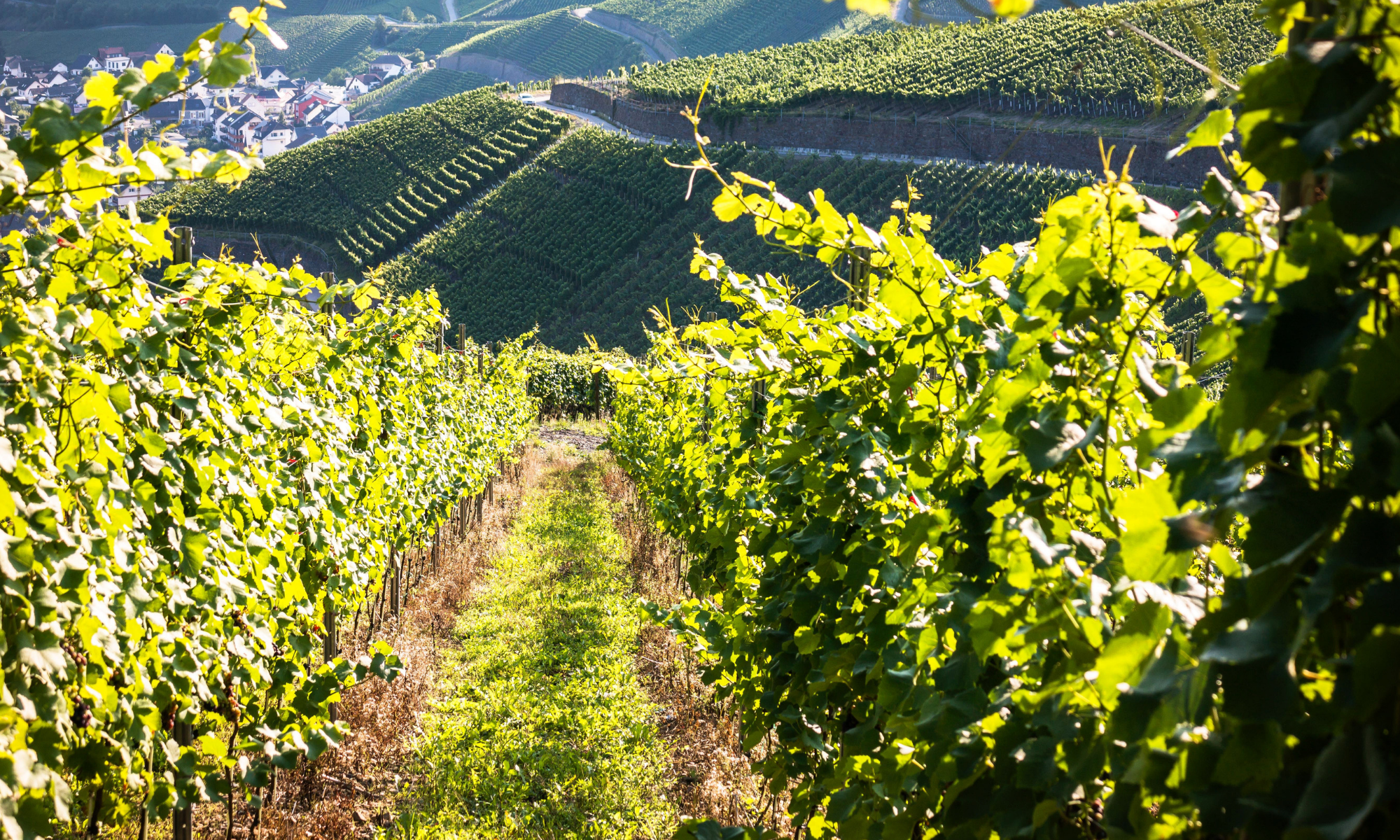Today at Growing with Science blog we are featuring Robo-Motion: Robots That Move Like Animals by Linda Zajac.

With side-by-side photographs of robots and their real life inspirations, the author reveals twelve robots that are designed to look and/or move like animals, from bats to kangaroos. And the robots aren’t just for fun. Using simple language, she points out how each one is designed to perform specific tasks that would be difficult for humans to carry out.
For an example — that isn’t in the book — engineers have designed a drone that looks like and flies like a hawk or falcon. Why? To take a pass over runways at airports before an airplane takes off. The drone scares away any birds hanging around that might be hit, a hazard to the plane and to themselves. Cool project and there are many more like this in the book.
The best part is the book ends with a gentle call to action challenging young readers to dream up and design their own animal robots.
Robo-Motion will excite budding robot engineers and animal lovers alike. Put some technology and engineering in your STEM and investigate a copy today!
And if you have a moment, stop by Growing With Science for the full review and activity suggestions.
Copyright © 2021 Roberta Gibson All Rights Reserved.
















